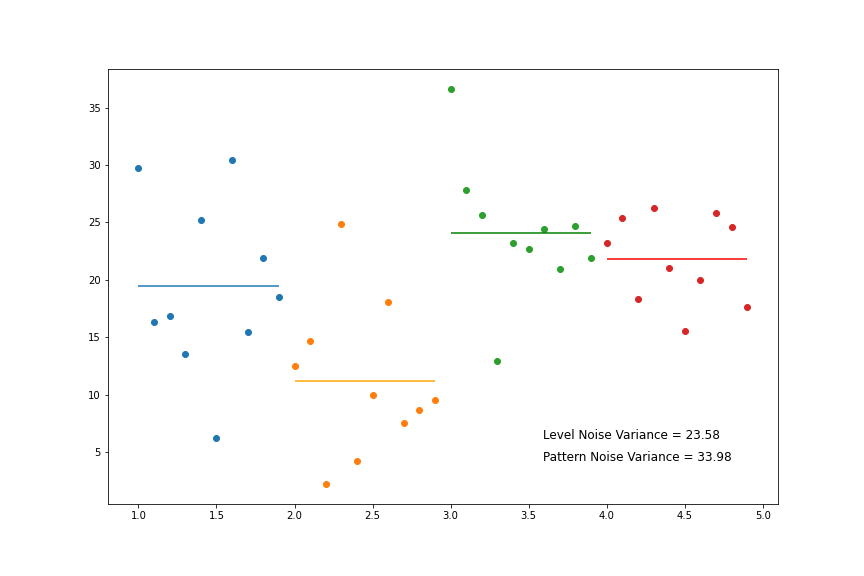Noise-A Flaw in Human Judgement
Daniel Kahneman’s survey of his in research in Thinking Fast and Slow is one of my favorite books. I was excited to read his new book “Noise”. In Thinking Fast and Slow, Kahneman describes how people’s decisions and estimates differ from “rational” because of many different biases. This work was helped create the field of Behavioral Economics showing that people could not be counted on to make the rational decisions that much of economic theory assumed. But bias - the difference between the mean of ones predictions and the actual mean - is only one part of error. There is also variance, otherwise known as noise. Noise is random variation around the mean value of your prediction or judgement.
Kahneman’s second book focuses on noise (variance) rather than bias. The book is good, but I don’t think it is the groundbreaking research that was described in his first. This book seems the logical book-end to his first. There are several points in the book that still stood out for me. First, his arguments that noise in decision making and judgements is damaging to society is undeniable. The description of noise in judicial sentencing in particular. Kahneman advocates more rigorous processes to help drive consistency in decisions and predictions. I agree with Kahneman’s arguments that noise is detrimental to society, but I am more suspect than he seems to be of his prescription (more processes and rules). The book has made me think about being more open to processes and rules in decision making that may drive out noise.
The second area that I found interesting in the book was its breakdown of the sources of noise. Noise in decisions and predictions can be created by different people making judgements based on the same or similar facts. This cause of noise can be further broken down into two categories: level noise and pattern noise. Level noise is the noise caused by average judgements between people being different. Perhaps one person always tends to estimate costs for a project very high, while another very low. Pattern noise is noise around the average prediction of a given judge. It is noise related to a particular estimator’s read on the specifics of that case. The book states that this source of noise drives the most variance for predictions. The figure below is my attempt to explain in a picture.

Each color represents the judgements of one person for one particular prediction, repeated several times. The horizontal line in each color is their average assessment. The variance caused by the average assessment of each person - the level noise - is smaller than the variance within each person - the pattern variance.1
1: For the details on calculating the variance of mixtures see this wiki page